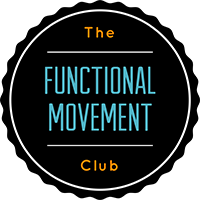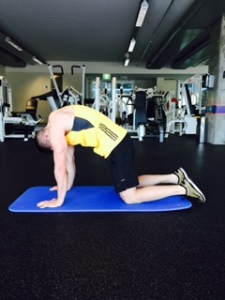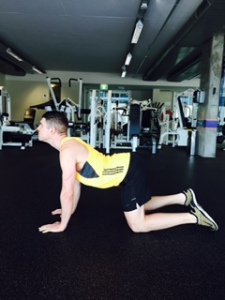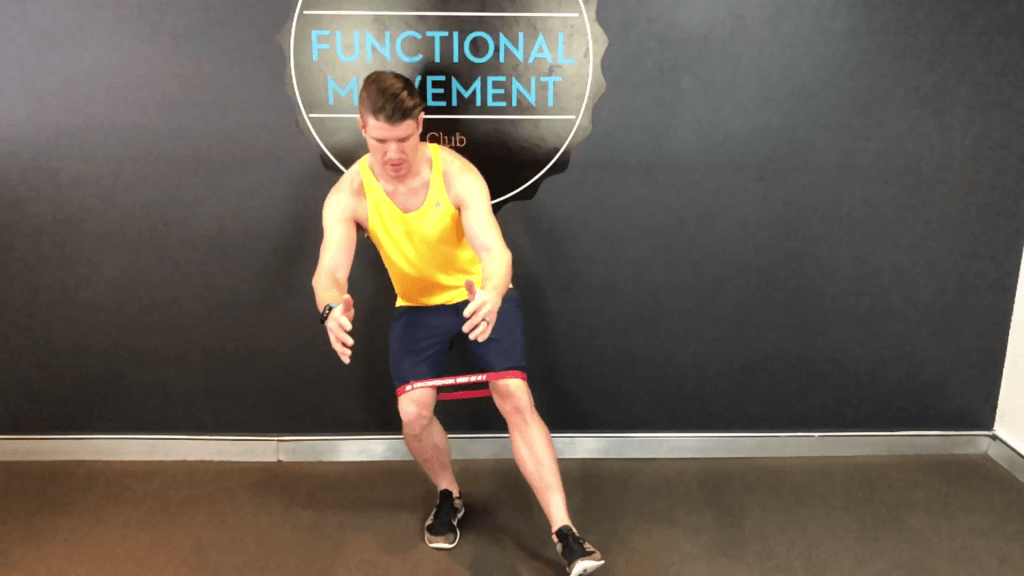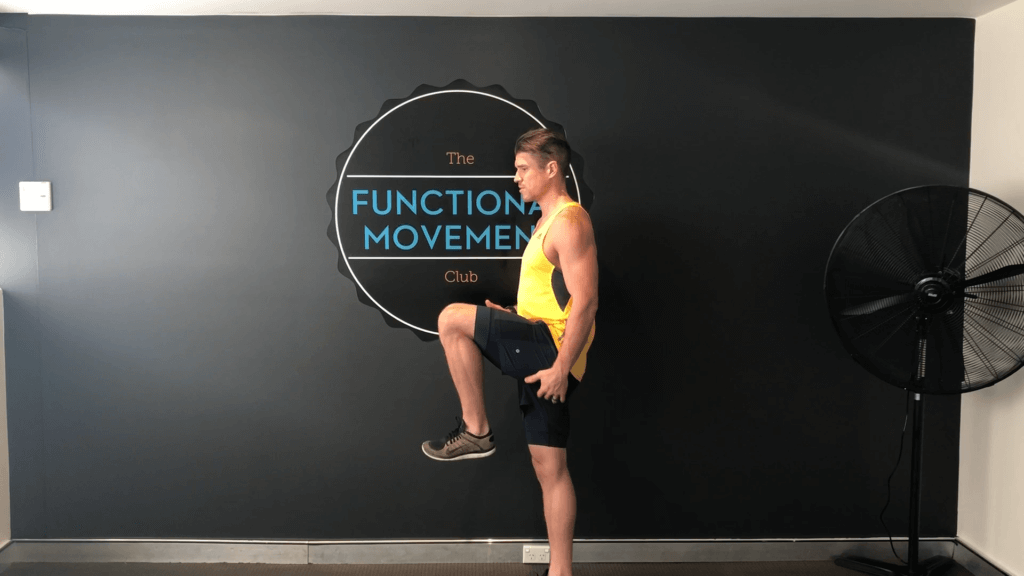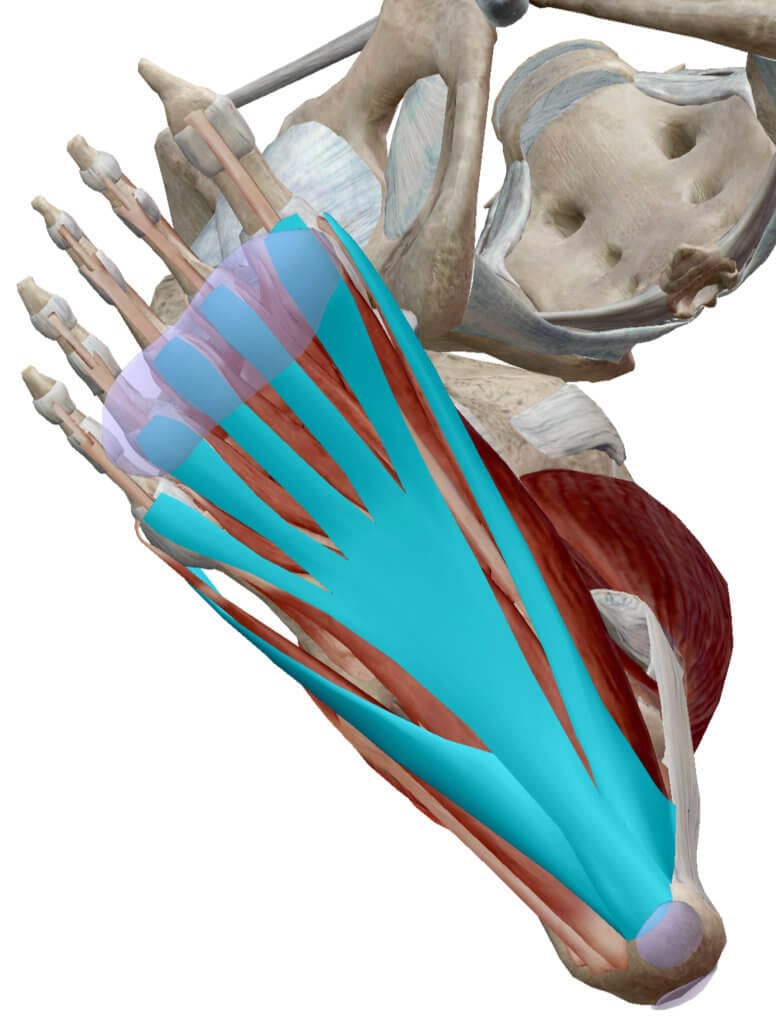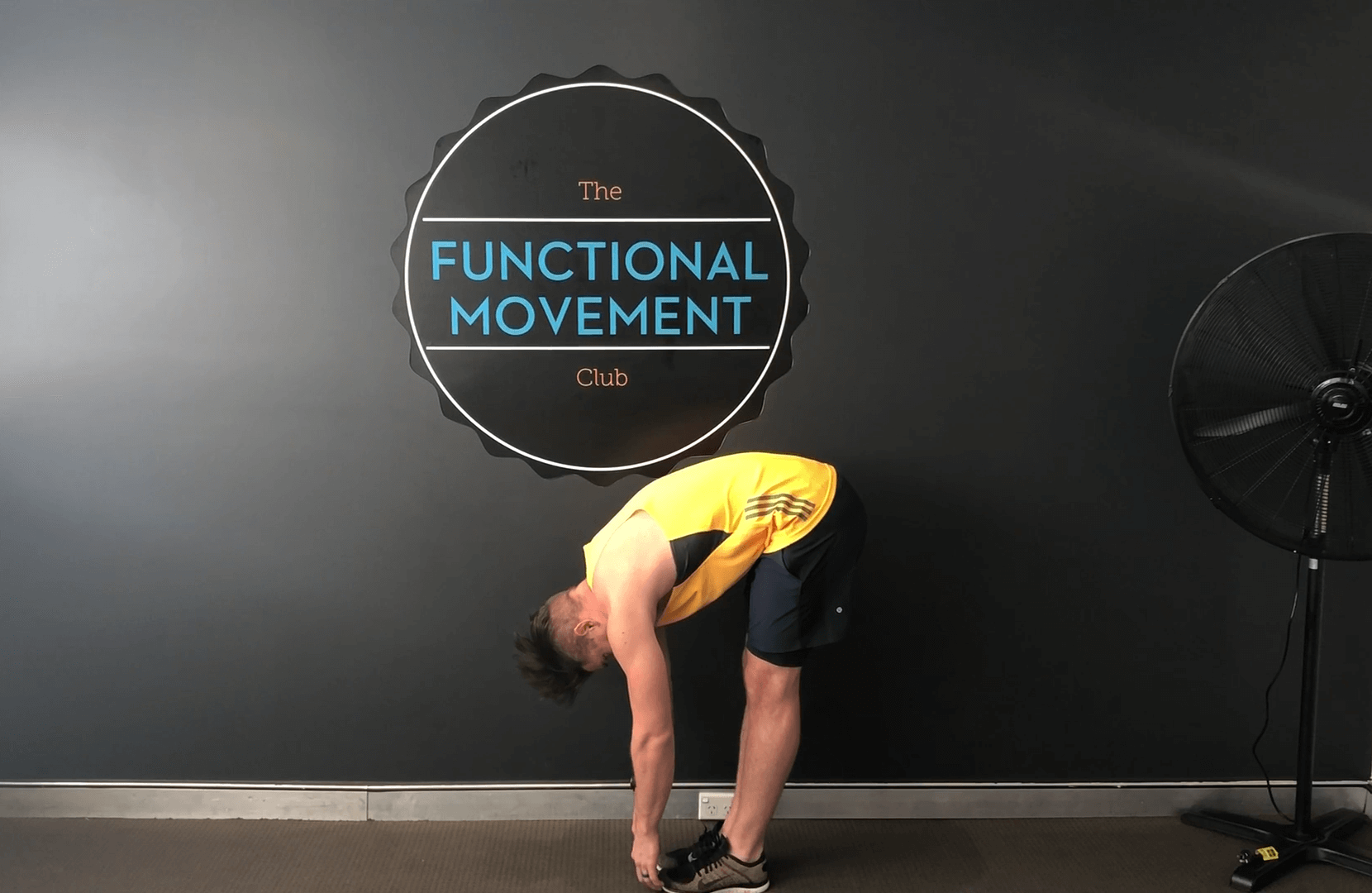
Back Pain Exercises our Three Favourite
Our Favourite Back Pain Exercises:
“Low back pain causes more disability than nearly 300 other conditions worldwide, according to new research, and nearly one in 10 people across the globe suffers from an aching lower back”. For your back to function properly. It must support you through a range of daily stresses and strains. This requires a combination of mobility and stability. As you age, you start to notice that both of these start to get lazy. Here are 3 of my favourite back pain exercises to strengthen your midsection and prevent back pain.
PSST . . . Heres a FREEBIE I made for you
Back Pain Exercise 1: Cat/Camel Stretch:
Why does it? If you are experiencing back pain or a feeling of “tightness” in the back, it is an excellent warm-up exercise to get you mobile for a big day.
How to do it:
- Start by kneeling on all fours, knees under hips, wrist under shoulders, and spine in a neutral (straight) position.
- Next, we will take a deep breath in. As you inhale, arch your back, pushing it up towards the sky (just like an angry cat).
- When you are finished inhaling, it is time to exhale. As you breathe out, arch your back down towards the floor as if you are a camel loaded down with lots of luggage.
Movements should always be pain-free, slow, and deliberate. They can be focused on a specific area in the back where the pain or tightness is felt. The primary movement should be focused on here.
What you should feel after you do it: A reduction in back stiffness or tightness
Back Pain Exercise 2
Quadruped leg reaches or opposite arm/leg reach:
Why do it: If you are experiencing back pain, or neck pain. If you have a poor hip extension. You want to strengthen your core stabilisers. It can also relieve headaches.
How to do it:
- Start off on all fours, similar to the cat/camel exercise, with your wrist on the floor underneath your shoulders and knees underneath your hips.
- Switch on your core. Start off by dragging the left leg along the floor behind us until our leg is straight. Lift the leg off the floor until it is in line with your back. Take special care not to arch your back or rotate at your hips.
- Slowly lower the leg back to the starting position and repeat on the opposite side.
- The next step is extending the left arm out the same way we moved the leg. Slide the back of the hand along the ground away from the body until the arm is straight. Then lift the arm off the ground until it is in line with the spine.
- Repeat on the opposite side.
Special care should be taken with all back pain exercises to maintain the spine in a neutral position throughout the entire exercise. No arching or rotation of the spine should occur during this exercise.
When you are ready to progress to the next level. You can combine the movements using the opposite arm and leg (Right leg + Left arm). To make sure you aren’t rotating you can place a foam roller on your back.
What you should feel after you do it: Integration of the upper and lower body. Increases core stability and decreases lower back pain.
Back Pain Exercise 3 Dying Bug:
Why do it: You suffer from lower back pain. You have poor hip stabilisation. You struggle to coordinate your upper and lower body.
How we do it: Beginner Dead Bug
- Lay on your back with your right leg straight out and your left leg bent at the knee. The foot is flat on the floor about 15-20cm from your bottom.
- Place the palm of the right hand under the small (arch) of the lower back.
- Raise the left arm overhead and rest it on the floor.
- Switch on your core (continue to breathe normally).
- Slowly draw the opposite arm and leg (ones that are straight out on the floor) together and touch the right knee with the left hand.
When ready to progress: advanced dead bug
- Lay flat on your back. Your feet are in the air (hips and knees at 90°), and your arms are straight up (90° to ribs, wrist over shoulders).
- Slowly lower right leg and left arm.
- Repeat on the opposite side.
It is important throughout this exercise that the core is switched on. Do not allow your back to lift off the ground.
What you should feel after you do it: Integration of our lower and upper body working together. A strong core. Decreased lower back pain.
With all of these back pain exercises, emphasis should be placed on technique rather than repetitions. Two sets of six reps with perfect form is a good starting block. If pain persists, consult with a qualified health care practitioner.
